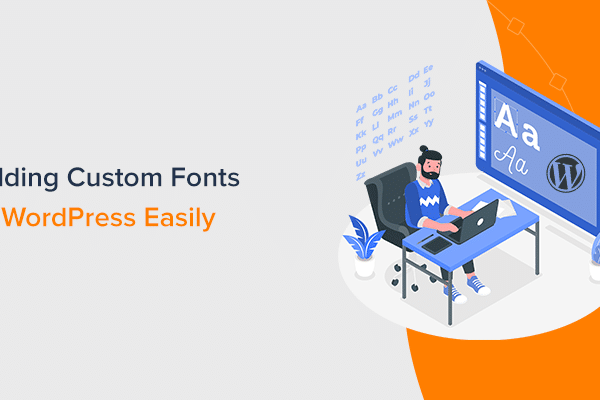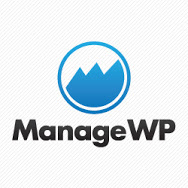You may have heard of the famous Windows blue screen of death error. It’s an error that frustrates all PC users. But, have you heard of or come across the WordPress white screen of death?
Well, no need to get scared by the name. Much like the Windows error, the WordPress white screen of death (WSOD) is an error that makes your WordPress website appear as a blank page on a browser without any error messages or error codes.
While it sounds scary, there are a few simple ways you can get rid of the WordPress white screen of death error. In this guide, we’re going to walk you through each of these methods for fixing the WordPress WSOD error.
What Is WordPress WSOD?
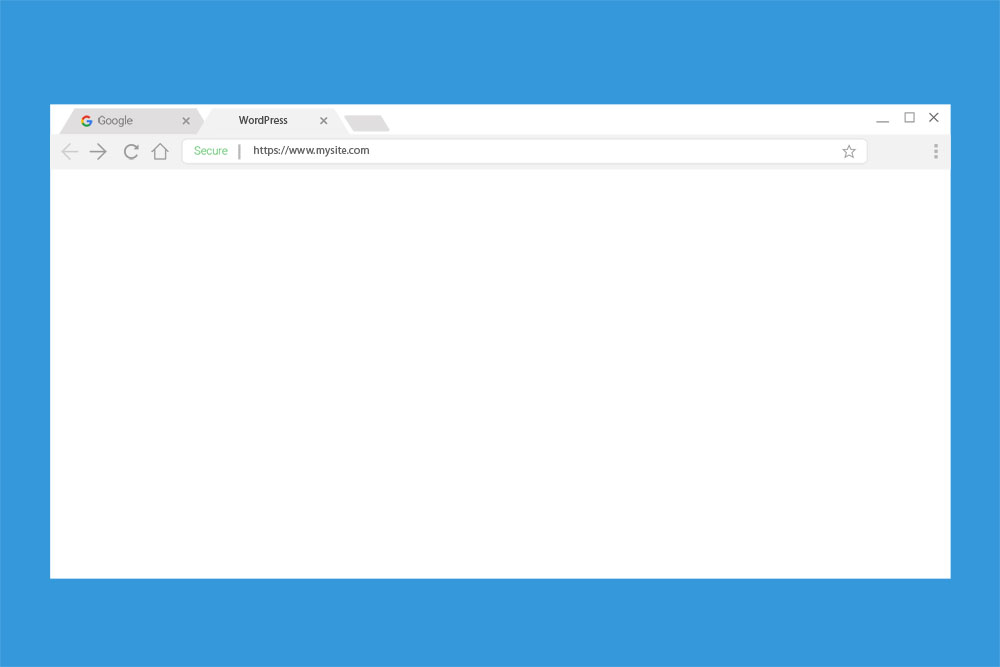
WordPress white screen of death is one of the most common errors WordPress users encounter. It mostly occurs after installing a new plugin or a theme that’s incompatible with another plugin or the WordPress core files.
If you see a blank page on the browser when you try to visit your website, with no errors or information, then your site is most likely giving a WSOD error.
What Causes WordPress WSOD Errors?
WordPress WSOD errors can be caused by either PHP errors or database errors. For example, when you install an outdated plugin that hasn’t been updated in a while, it may cause issues since the plugin code isn’t compatible with the code being used by newer versions of WordPress.
This kind of occurrences is common when you install themes that come bundled up with outdated plugins that you must install for the theme to properly function. That’s why it’s always best to buy themes that are regularly updated. And always check to see if the theme or plugin you’re about to install is compatible with the latest versions of WordPress.
How To Fix WordPress WSOD Error
WordPress WSOD is an error that can be easily fixed. There’s no need to hire developers or services, you can actually fix it all by yourself. Simply follow the methods below.
Note: The following methods involve making changes to your website core files. We recommend that you backup your website before going through any of the steps below. If you haven’t already setup backups or don’t have access to your website back-end at the moment, contact your web host and check to see if they have recent backups of your website on the server.
Method 1: Try Disabling Plugins
Since PHP errors are commonly caused by plugins and themes, you can start your troubleshooting process by first disabling all of the plugins on your WordPress website.
See if you can login to the admin dashboard of your website. If you can, go ahead and disable all of the plugins. Check if that fixes the WSOD error.
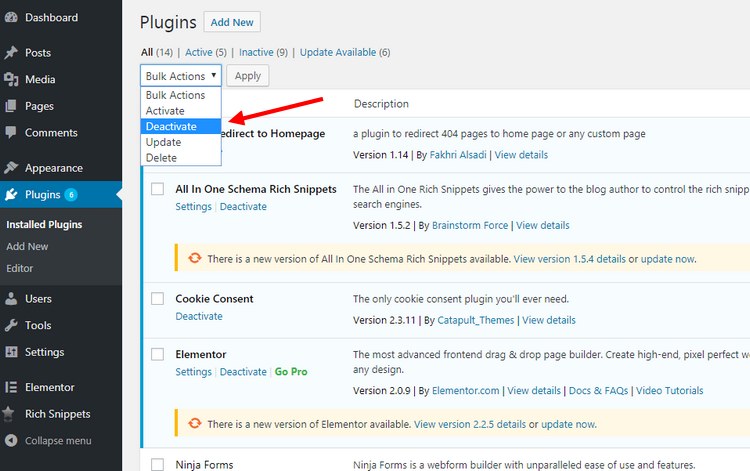
If your site appears online after disabling the plugins, then you can enable the plugins one by one to see which one causes the error.
If you don’t have access to the WordPress admin area, then you can reset all of the plugins on your WordPress website via FTP.
To do this, you need to login to your server using an FTP client app. Then access the server using your root login details, which is provided to you when signing up for a hosting plan.
Browse the files to locate the WP-Content folder. Inside this folder, you’ll find a sub-folder named Plugins. This is where all your plugins are stored. Simply rename this folder to something else (eg: Plugins-bad).
This will deactivate all of the plugins installed on your website and reset your site to the default state.
Method 2: Change The Theme
If disabling plugins don’t fix the error, then it’s most likely caused by a theme. Try changing the theme. You can follow the same steps as above to change the theme.
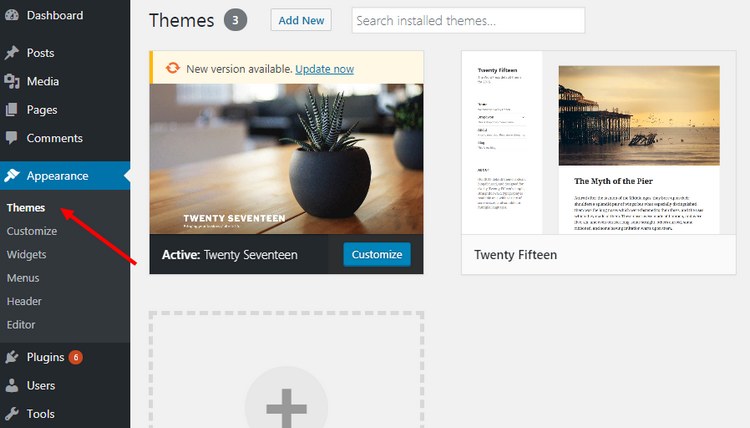
Login to your Admin dashboard, go to Appearance >> Themes and then activate the default WordPress theme.
If you don’t have access to the admin area, login to the server via FTP and go to the WP-Content folder. In this folder, you’ll find a sub-folder named Themes. You’ll find a folder with all the files of your currently active theme in the Themes folder. Make a copy of that theme and then delete the original folder. This will revert your website theme to the default WordPress theme.
If it fixes the error, then you should check the functions.php file of your faulty theme for any code that might be causing the WSOD error.
Method 3: Change Memory Limits
Sometimes, WordPress WSOD issues can also be caused by not having enough memory to run your website. For example, when your site has too many plugins and gets lots of traffic, the default defined memory limits may not be enough to handle all the website instances at once.
You can try increasing the memory limits of your website to see if it fixes the issue.
To do this, login to your server via FTP and open the wp-config.php file with a code editor. And then add this code to the file define(‘WP_MEMORY_LIMIT’, ’64M’); and hit save.
Or, you can add this code php_value memory_limit 64M to your .htaccess file to see if it fixes the error as well.
Note: Always remember to make a backup copy of files before making any changes.
Still Having Issues?
If your WordPress site is still giving a WSOD error even after following all these methods, then it could be caused by a more serious error.
For example, a WSOD error can occur when the server fails during a WordPress auto-update, which is a basic feature most managed hosting platforms provides. Or maybe your site has exceeded the number of allowed databases on the server and your web host has shut down your website. Or your server may be going through a maintenance session.
In such cases, it’s worth reaching out to your web host support team and asking for their help.
In Conclusion
WordPress WSOD is only one of the many errors that you’ll encounter when using WordPress regularly. But, don’t let these errors and issues scare you. WordPress is still one of the most stable content management systems in the world and it continues to get better with each new update.
You can also take a few precautions to avoid this type of issues from happening in the first place, like switching to a better managed WordPress hosting platform, installing a Firewall, and double checking before installing third-party plugins.

